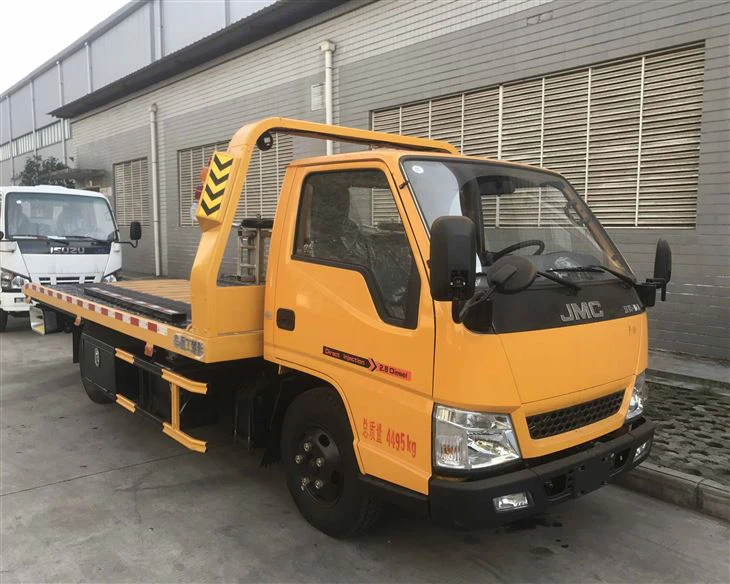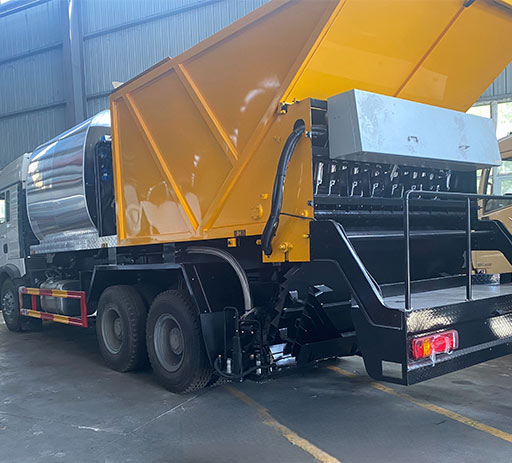Mixer Truck Parts: A Comprehensive Guide for Understanding and Maintenance

Mixer trucks play a crucial role in the construction industry, delivering ready-mix concrete to job sites efficiently. However, like any vehicle, they rely on various parts to function correctly. Understanding these parts is essential for maintenance, repair, and optimal operation. In this article, we will delve into the essential components of mixer trucks, their functions, maintenance tips, and much more.

Understanding Mixer Trucks
Before we dive into the parts, it’s vital to understand what a mixer truck is and how it operates. Mixer trucks have a revolving drum that mixes the concrete ingredients while transporting them to construction sites. The mixing process helps ensure the concrete remains workable upon arrival, maintaining its quality and consistency.

The Importance of Mixer Truck Parts
Each component of a mixer truck serves a specific purpose. A failure in any one of these parts can lead to inefficiencies, increased repair costs, or even project delays. Knowing the parts can help operators and owners conduct preventive maintenance and quickly address potential issues.
Key Mixer Truck Parts
1. Chassis
The chassis is the backbone of the mixer truck. It supports the vehicle’s weight and provides the foundation for other components. The chassis includes:
- Frame: The structural framework that supports the mixer drum and other parts.
- Axles: Components that allow the wheels to spin while supporting the truck’s weight.
Maintenance Tips for the Chassis
Regular inspection for rust or wear and keeping the frame clean can extend the life of the chassis. Lubricating moving parts and assessing axle conditions should be part of routine maintenance.
2. Mixing Drum
The mixing drum is the most recognizable part of a mixer truck. It is designed to mix the concrete evenly and continuously. Key features include:
- Drum Shape: This influences mixing efficiency.
- Drum Speed: Proper speed is crucial for effective mixing.
Common Issues and Solutions
One common issue is the buildup of concrete inside the drum. To prevent this, regular cleaning of the drum after each use is essential. Consider using a drum cleaner to make the task easier.
3. Discharge Chute
The discharge chute allows the concrete to flow out of the mixer truck. It directs the concrete to the desired location on the job site.
How to Maintain the Discharge Chute
Inspect for cracks and wear, especially at connection points. Regularly clean the chute after use to avoid concrete buildup.
4. Hydraulic System
The hydraulic system powers the lifting and rotating of the mixing drum. Essential components include:
- Hydraulic Pump: Supplies fluid to activate the hydraulic features.
- Hydraulic Cylinders: Facilitate the movement of the drum.
Hydraulic System Maintenance
Regularly check hydraulic fluid levels and inspect for leaks. Ensure that seals are in good condition to prevent fluid loss.
5. Powertrain
The powertrain combines the engine and the drivetrain. It is responsible for the truck’s movement and operation of the drum.
Powertrain Maintenance Tips
Regular oil changes and inspections of the transmission can help prolong the life of the powertrain. Keeping the air filter clean is also essential for optimal engine performance.
6. Control System
The control system allows the operator to manage various mixer functions, including drum rotation and discharge. Key components include:

- Control Panel: Houses the switches and levers.
- Electronic Sensors: Monitor system performance.
Maintaining the Control System
Keep electrical connections clean and free of corrosion. Regularly test the controls to ensure they respond accurately.
7. Tires
Tires are crucial for stability and load-bearing during transport. They must support the weight of the mixer truck and its load of concrete.
Tips for Tire Care
Check tire pressure regularly and inspect for wear. Rotating the tires and aligning them can ensure even wear and longer lifespan.
8. Water Tank
A water tank is often integrated into mixer trucks. It supplies water to the mixing process, which is vital for finishing concrete.
Water Tank Maintenance
Regularly clean the water tank to prevent algae growth and contamination. Check for leaks and ensure all fittings are secure.
9. Safety Features
Mixer trucks should have various safety features, including lights, mirrors, and emergency brakes to ensure safe operation.
Checking Safety Features
Regularly review and test all safety features. Replace any burned-out lights and ensure mirrors provide proper visibility.
10. Additional Accessories
Several accessories can enhance the functionality of mixer trucks, including:
- Chocks: For stabilizing the truck during unloading.
- GPS Systems: For route optimization and monitoring.
Practical Tips for Operating Mixer Trucks
- Always maintain a steady speed while transporting concrete.
- Keep the drum rotating during transport to prevent concrete from setting.
- Communicate effectively with on-site personnel for safe unloading.
- Follow manufacturer guidelines for maintenance schedules.
Common Mixer Truck Problems and Solutions
| Problem | Potential Causes | Solutions |
|---|---|---|
| Concrete Setting in the Drum | Inadequate mixing time, no rotation during transport | Increase mixing time, ensure drum rotates |
| Leaking Hydraulic Fluid | Worn seals, damaged hoses | Inspect seals and hoses, replace as necessary |
| Poor Performance of the Hydraulic System | Low fluid levels, contamination | Check fluid levels, replace contaminated fluid |
Frequently Asked Questions (FAQ)
1. How often should I perform maintenance on my mixer truck?
It’s recommended to perform a thorough inspection and maintenance check every 500 miles or once a month, whichever comes first.
2. What should I do if I notice a crack in the mixing drum?
If you notice a crack, you should schedule an inspection immediately. Cracks can lead to further damage and discharge issues.
3. How can I improve the lifespan of my mixer truck’s tires?
Regularly check tire pressure, rotate tires, and ensure proper alignment to help extend their lifespan.
4. What are the signs of a failing hydraulic pump?
Signs include slow drum rotation, leaks, and unusual noises when the pump is engaged. If you notice these, consult a mechanic.
5. Can I use regular water in my mixer truck’s water tank?
Yes, but make sure it is clean. Contaminated water can affect the quality of the concrete.
6. Is it necessary to clean the mixing drum after every use?
Yes, cleaning after each use prevents concrete buildup and ensures the drum remains in good condition for the next load.
